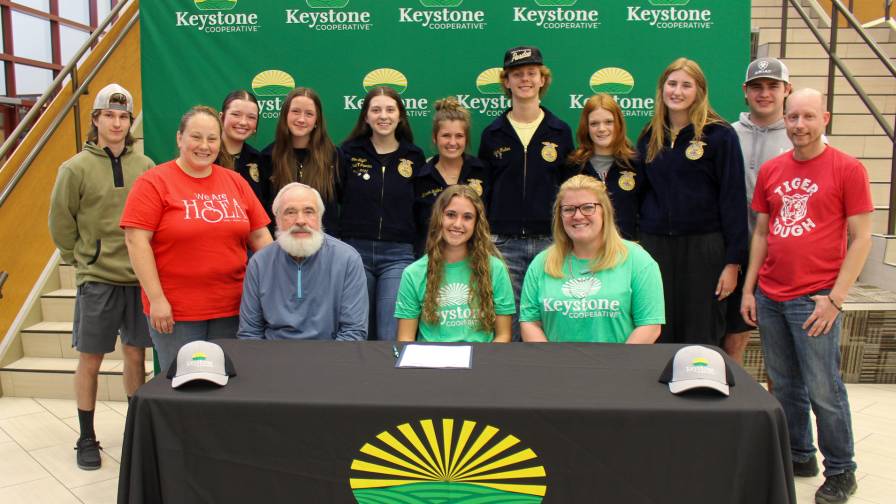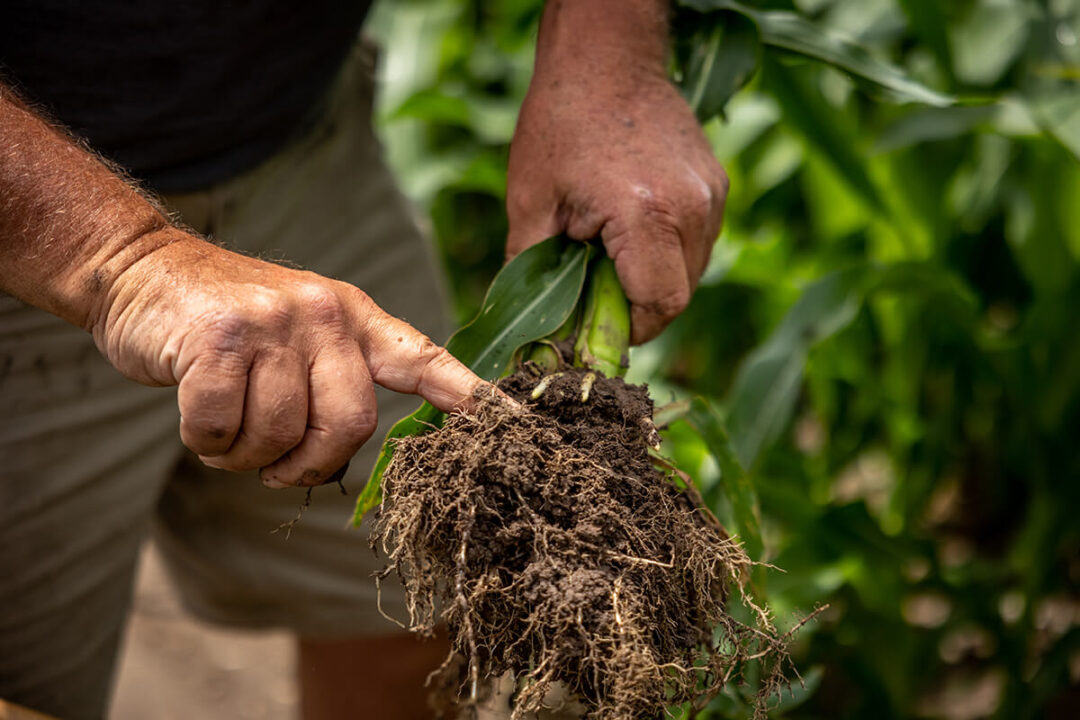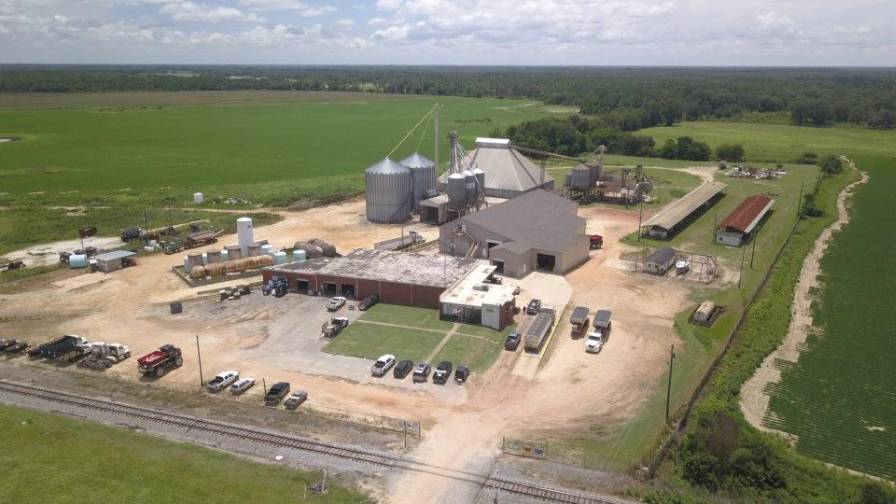Syngenta Urges Strategy, Planning To Offset Farm Income Loss
As growers gear up for the 2015 planting season, USDA forecasts that net farm income from 2014 will fall 25 percent from the previous year. With less money to spend, how can both growers and retailers not only survive, but thrive through this period? A variety of ag experts agree that building an effective strategy is a crucial first step.
“For many, thinking about short-term return on investment may be the best approach,” said Dan Burdett, head of Customer Marketing & Services at Syngenta. “It may be better to delay longer-term investments that offer long-term payback and zero-in on the next crop cycle. Focus on the crop now and leave big equipment and building purchases for later.”
It could be a good time, however, to invest in crop insurance. “The products are so much better than they were even 10 years ago,” said Robert Regenwether, accredited farm manager and rural appraiser with Farmers National Company in Hudson, IA, and 2014 Professional Farm Manager of the Year. “In the past, it was strictly a yield product, but now you can insure your income level on a farm.” The indemnity adjusts to lower prices, so growers may have to sign up at a high coverage rate to get reasonable protection now.
Keeping accurate records is especially important when income is down. “Growers should ensure they have a good farm record-keeping system already in place, so they can use their data to help inform critical decision modeling,” Burdett said. “For example, the AgriEdge Excelsior program from Syngenta gives growers a way to manage their farm operations more efficiently.”
One of the program’s most popular components is its data and record-keeping software, which helps growers measure the costs of everything they do and anticipate ROI.
Burdett also recommends focusing on costs of production, not cost per acre. “When challenged, growers may not invest in what really impacts yield,” he said, “but yield is the greatest driver of profitability because it reduces cost per unit of production. Cost per bushel is the best measure, not cost per acre.”
At the same time, growers must maintain a strong working-capital position. “Don’t add debt or use your cash and destroy your working capital,” said Mike Boehlje, Ph.D., distinguished professor of Agricultural Economics at Purdue University. But when growers must borrow money for larger purchases, they should structure debt over a longer term.
“Many farmers borrowed to buy equipment on a three-year payout and land on a 10-year mortgage,” Boehlje said. “That’s probably too short. It was OK when we had better prices, but not in the current climate. This conversation with your lender should happen before you encounter debt-servicing problems.” He also suggests locking in interest rates now.
And don’t forget that everyone has been in this kind of business climate before, Boehlje added. “Pull out that old playbook — the one you used through the 1990s,” he said. “The downturn will be stressful, but we’ve done this before, and we can do it again. But if we don’t start doing these things now, that’s probably not a strategy for success.”






